In 2023, the average cost of a new vehicle in the U.S. was over $48,000, while the average cost of gasoline was $3.52 a gallon. The price of vehicle ownership has clearly risen over the past decade, and it’s no wonder people are hanging onto their vehicles longer than ever. In fact, according to the Bureau of Transportation Statistics, the average age of passenger cars and trucks on the road in 2023 was 12.5 Years, compared to 11.4 Years in 2013. As more people look to keep their vehicles longer, more of them learn that, without proper maintenance, vehicles might not last as long as they’d like. It is up to drivers to protect their investments.
There is little more detrimental to your vehicle’s engine than wear, and lubricating oils are your first line of defense. Numerous factors contribute to engine wear, but all can be categorized as one of the following four basic wear mechanisms: abrasive, corrosive, adhesive and fatigue.
Abrasive Wear
Abrasive wear is caused by foreign particles entering the engine, most commonly soot and dirt. Once inside the engine these particles become trapped between moving parts – the piston and cylinder, for example – and grind against their metal surfaces. Wear particles act as sandpaper, continuously rubbing and wearing away metal surfaces by rupturing the oil film separating moving engine parts, resulting in particle-to-metal contact
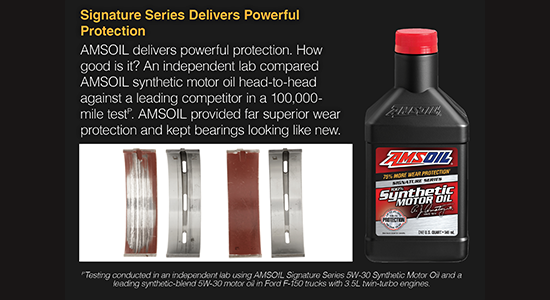
Abrasive wear commonly occurs when dirt or other contaminants enter the engine through the air intake system. These contaminants cause excessive wear on rings, pistons and cylinders. Increased cylinder and ring wear can cause blow-by, which decreases compression and causes loss of power. An efficient filtration system can help prevent abrasive wear by blocking contaminants that would otherwise enter the oil sump and find their way into the system.
Corrosive Wear
Corrosive wear is the result of chemical attack. Combustion byproducts introduce acids into the oil sump. If unaddressed, these acids can build up in the system and oxidize or corrode the surface of sensitive areas, including lead- and copper-lined bearings and other soft yellow-metal surfaces. As the surfaces begin to corrode, they weaken and in severe cases, oxidized metallic fragments can break free and become abrasive wear particles, compounding the impact.
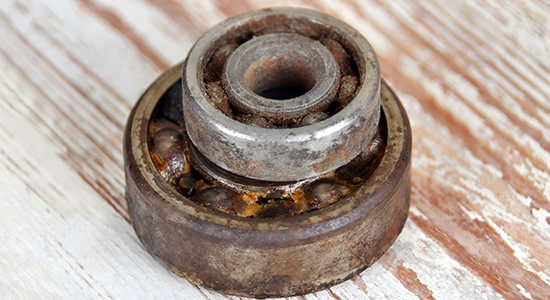
Adhesive Wear
The most commonly recognized mechanism is adhesive wear, which occurs when metal surfaces come in contact under conditions of high load, speed or temperature. Surface irregularities, called asperities, touch and weld momentarily, then break off as the surfaces separate. The load applied to the two points of contact is so high that they bend and adhere to one another. Rough metal surfaces with larger microscopic hills and valleys are more susceptible to this type of wear. Adhesive wear can result in scuffing, scoring or seizure.
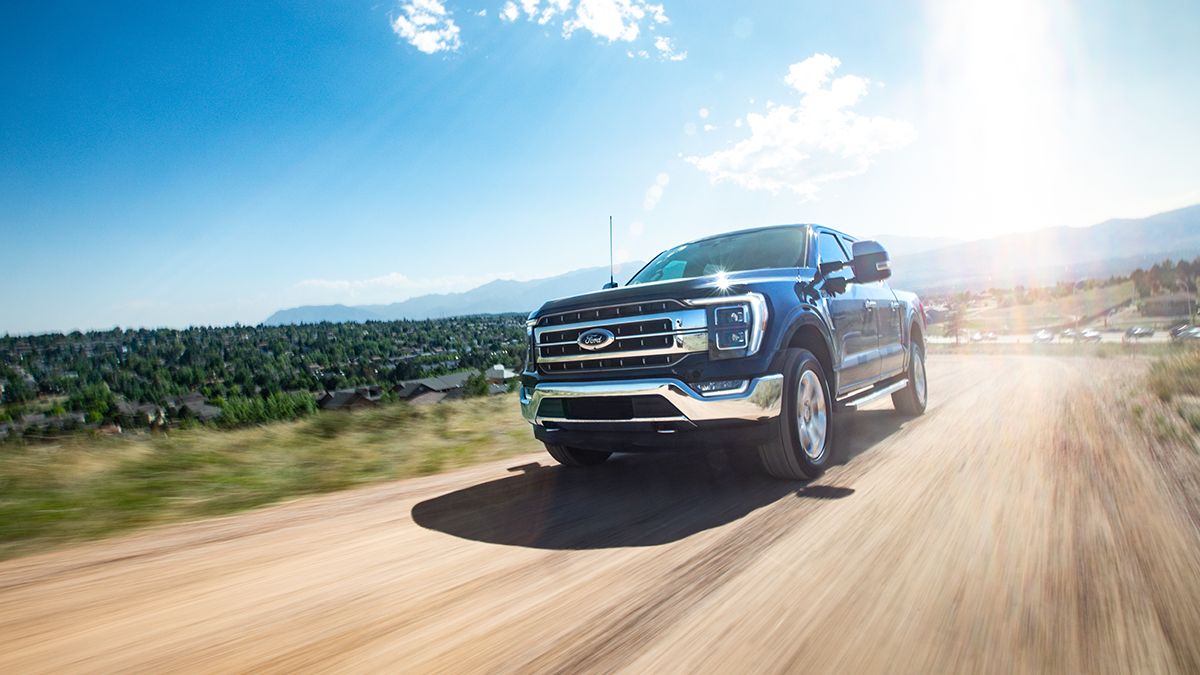


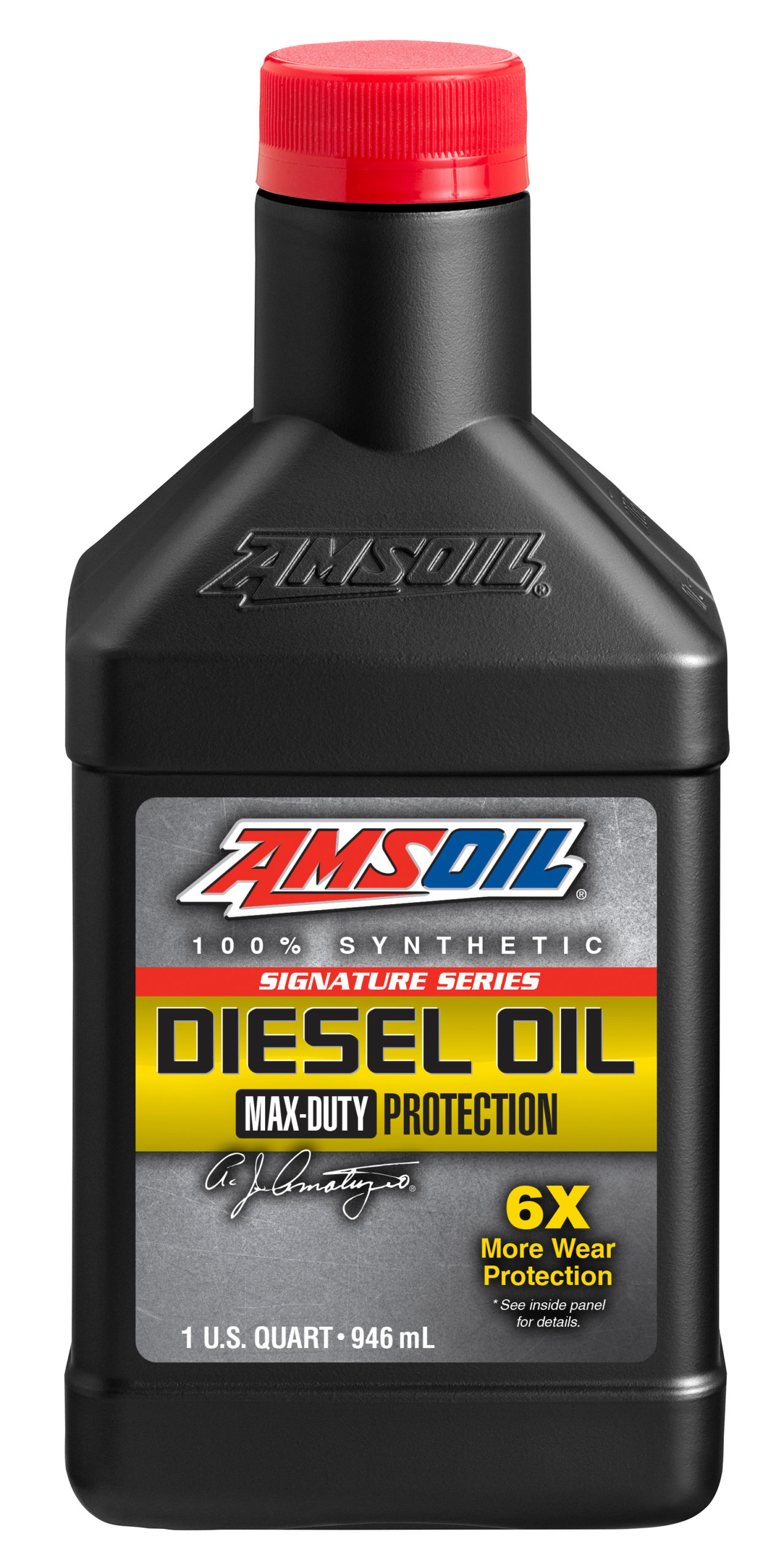
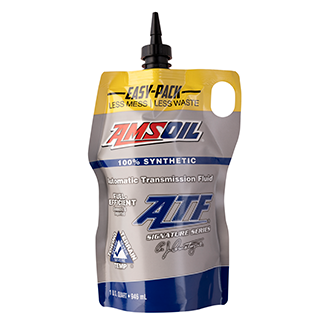
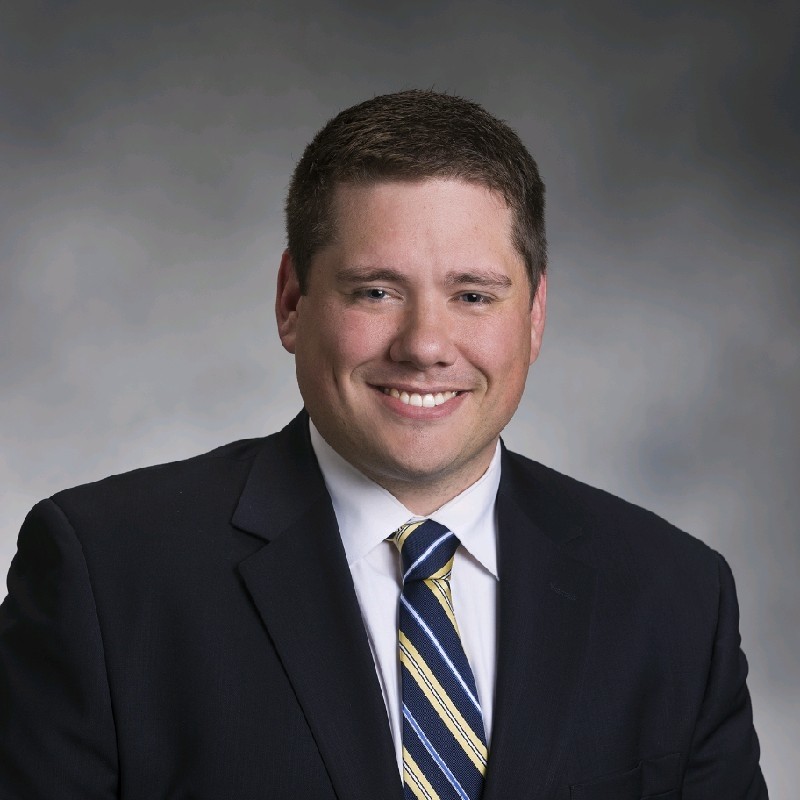


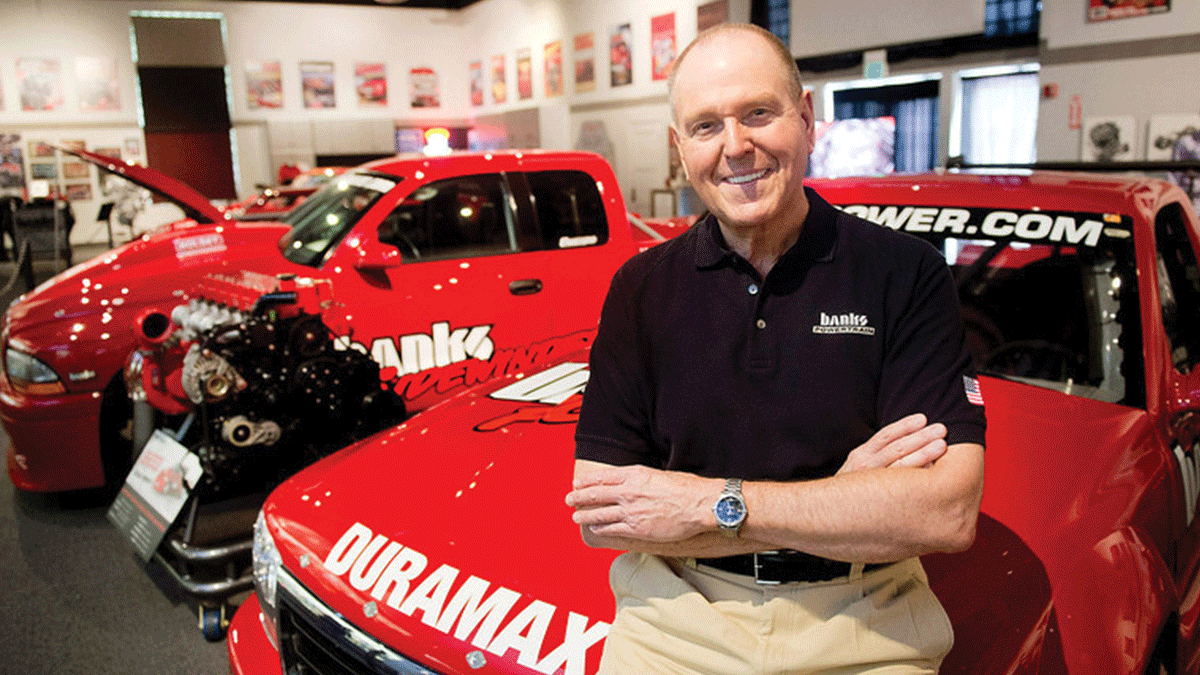
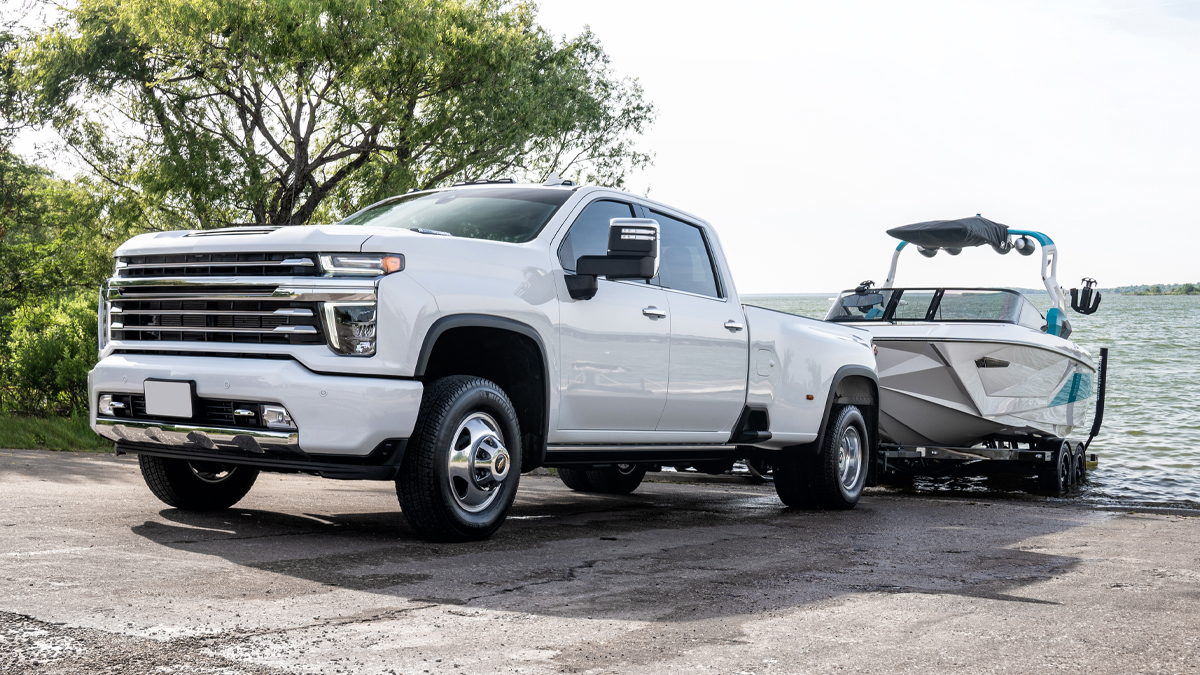

Comments
AMSOIL Market Manager and product expert.
Share: